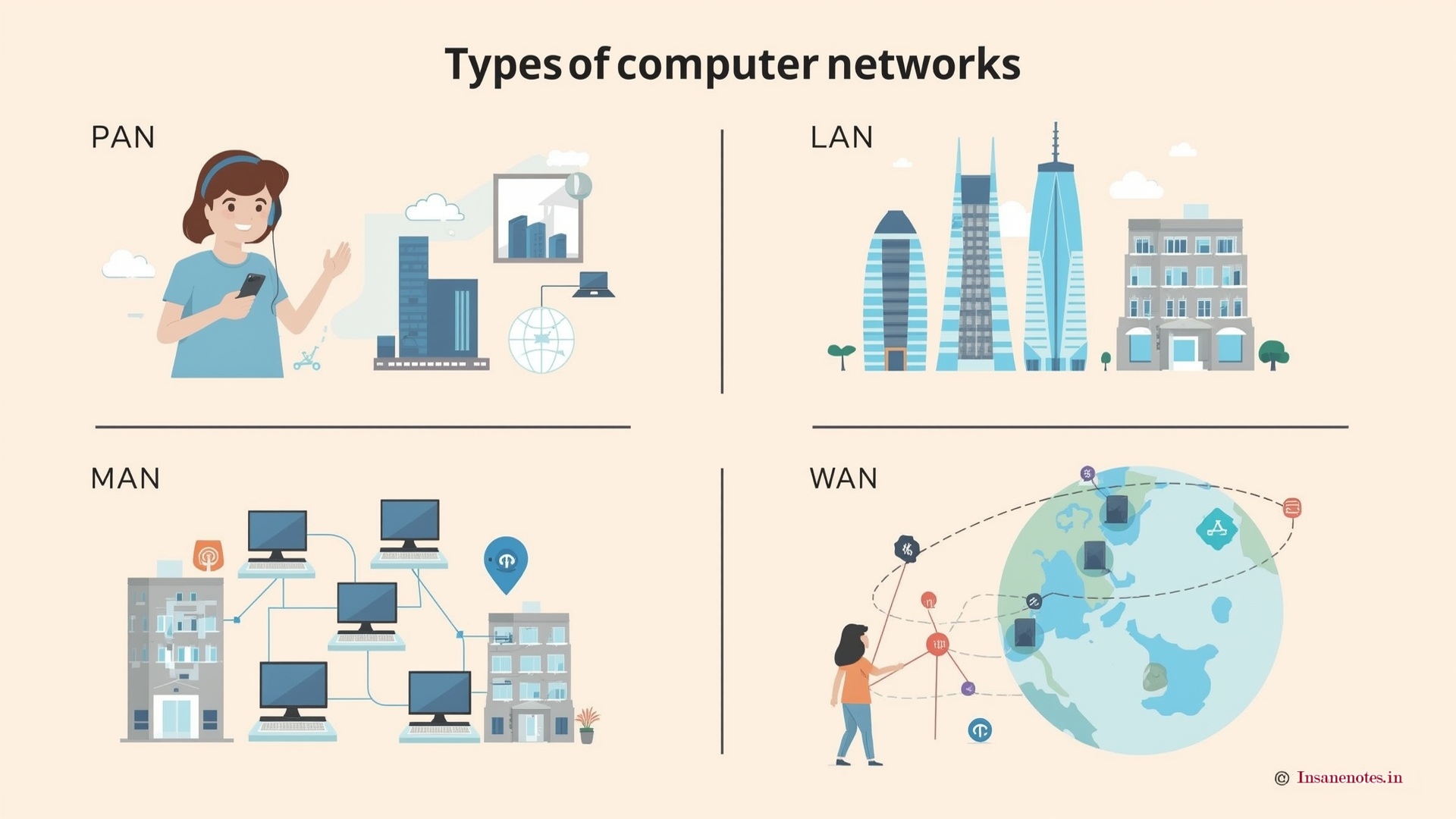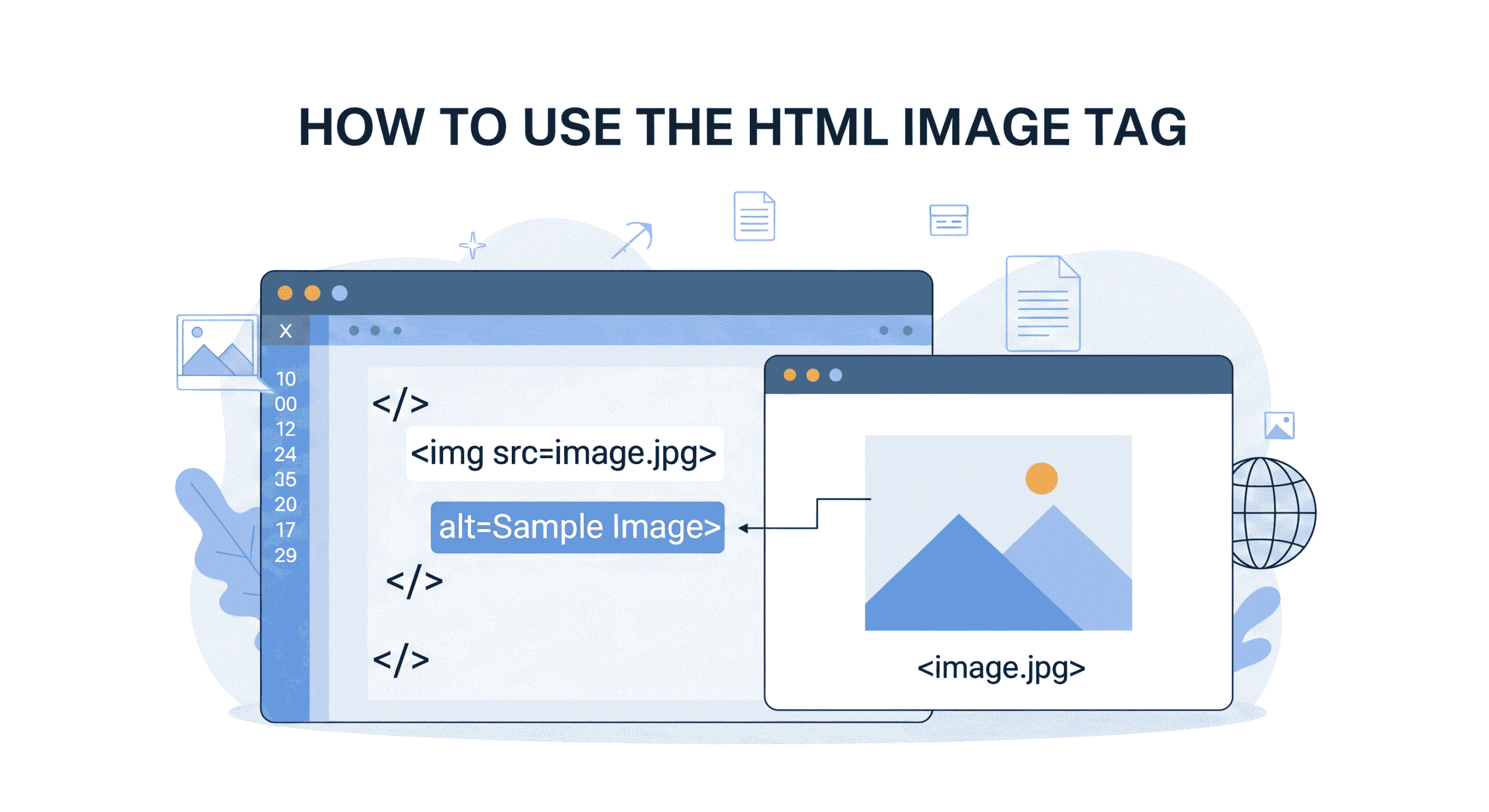Best Programming Languages for AI Development in 2025: A Beginner-Friendly Guide
Artificial Intelligence (AI) is transforming everything from healthcare to entertainment, and by 2025, its influence will only grow. But with so many programming languages to choose from, where should a beginner start? This guide unpacks the best programming languages for AI development in 2025, tailored for newcomers eager to dive into this exciting field. Let’s break down your options, one line of code at a time.
AI Development in 2025: Why Your Language Choice Matters
By 2025, AI will power smarter apps, autonomous systems, and personalized user experiences. However, the foundation of every AI innovation lies in the programming language used to build it. Picking the right language ensures you can:
- Build efficiently: Leverage tools designed for AI tasks.
- Scale smoothly: Transition from prototypes to real-world applications.
- Stay relevant: Align with industry trends and employer demands.
Let’s explore what makes a language ideal for AI and which ones are leading the charge.
What Makes a Programming Language Suitable for AI?
AI projects demand languages that balance power and accessibility. Here’s what to prioritize:
- Performance: Handling large datasets and complex algorithms quickly.
- Libraries & Frameworks: Pre-built tools for machine learning (ML) and data analysis.
- Community & Support: Active forums, tutorials, and updates.
- Beginner-Friendliness: Intuitive syntax to focus on learning AI, not coding quirks.
With these criteria in mind, here are the best programming languages for AI development in 2025.
The Top Programming Languages for AI in 2025

1. Python: The AI Powerhouse

Why It’s a Top Choice:
Python’s simplicity and vast ecosystem make it the #1 language for AI beginners and experts alike.
Pros:
- Easy to Learn: Readable syntax feels like writing plain English.
- Rich Libraries: TensorFlow, PyTorch, and Keras simplify AI development.
- Strong Community: Endless tutorials, forums, and free courses.
Cons:
- Slower Speed: Not ideal for high-performance tasks without optimizations.
- Mobile Limitations: Less effective for iOS/Android AI apps.
Beginner Score: ⭐⭐⭐⭐⭐ (Perfect for first-timers!)
Key Tools:
- TensorFlow: Google’s library for deep learning.
- Scikit-learn: For classic ML algorithms like regression and clustering.
- OpenCV: Powering facial recognition and computer vision.
Who Uses It:
- OpenAI (ChatGPT, DALL-E)
- Spotify (recommendation algorithms)
2. JavaScript: AI for the Web

Why It’s Rising:
JavaScript isn’t just for websites anymore. With TensorFlow.js, it’s bringing AI to browsers.
Pros:
- Web Integration: Build AI features directly into websites.
- Real-Time Apps: Ideal for chatbots or live data analysis.
- Node.js Backend: Combine frontend and backend AI.
Cons:
- Limited Libraries: Fewer ML tools compared to Python.
- Performance Issues: Struggles with heavy computations.
Beginner Score: ⭐⭐⭐ (Easiest if you know web dev basics)
Key Tools:
- TensorFlow.js: Run ML models in browsers.
- Brain.js: Simple neural networks for JS developers.
Who Uses It:
- Google (AI-powered browser tools)
- Twitter (real-time content filtering)
3. Julia: Speed Meets Simplicity
Why It’s Gaining Traction:
Julia blends Python’s ease with C++’s speed, making it a darling for scientific AI.
Pros:
- Blazing Fast: Perfect for big data and simulations.
- Math-Friendly Syntax: Designed for scientists and engineers.
- Parallel Processing: Handles multi-core tasks effortlessly.
Cons:
- Small Community: Fewer learning resources.
- Early-Stage Tools: Libraries are still maturing.
Beginner Score: ⭐⭐⭐ (Best for math enthusiasts)
Key Tools:
- Flux.jl: For flexible deep learning.
- JuliaML: A growing ecosystem for ML.
Who Uses It:
- NASA (climate modeling)
- Bank of America (risk analysis)
4. R: The Data Whisperer
Why It’s Special:
R dominates statistical analysis and data visualization, key for AI in research and healthcare.
Pros:
- Data Mastery: Unmatched for statistical modeling.
- Visualization: Tools like ggplot2 create stunning charts.
- Academic Support: Widely used in research papers.
Cons:
- Steep Learning Curve: Syntax confuses non-statisticians.
- Slow Execution: Not built for general-purpose tasks.
Beginner Score: ⭐⭐ (Great for stats students, tough for others)
Key Tools:
- Caret: Simplifies model training.
- Shiny: Build interactive data dashboards.
Who Uses It:
- Pfizer (drug discovery)
- The New York Times (data journalism)
5. Java: The Enterprise Workhorse
Why It’s Reliable:
Java’s stability and scalability make it a go-to for large-scale AI systems.
Pros:
- Cross-Platform: Runs on any device with a JVM.
- Big Data Integration: Works seamlessly with Hadoop and Spark.
- Strong Typing: Reduces errors in complex projects.
Cons:
- Verbose Code: More lines needed for simple tasks.
- Fewer ML Libraries: Lags behind Python in AI-specific tools.
Beginner Score: ⭐⭐ (Better for those with OOP experience)
Key Tools:
- Deeplearning4j: Java-based deep learning.
- Weka: For data mining and predictive modeling.
Who Uses It:
- Uber (fraud detection)
- Amazon (warehouse automation)
6. C++: The Speed Demon
Why It’s Essential:
C++ powers performance-critical AI, like robotics and game engines.
Pros:
- Lightning Speed: Maximizes hardware efficiency.
- Fine Control: Manage memory and system resources directly.
- Industry Standard: Found in embedded systems and AAA games.
Cons:
- Complex Syntax: Steep learning curve.
- Manual Memory Management: Error-prone for beginners.
Beginner Score: ⭐ (Not recommended as a first language)
Key Tools:
- TensorFlow C++ API: Deploy high-performance models.
- Dlib: Tools for facial recognition and object detection.
Who Uses It:
- Tesla (self-driving algorithms)
- Adobe (image and video processing)
7. Swift & Emerging Contenders
Swift:
Apple’s language is gaining traction for iOS/macOS AI apps, especially with Swift for TensorFlow.
Rust:
Praised for memory safety and speed, Rust is ideal for secure, high-performance AI.
Go (Golang):
Go, developed by Google, streamlines concurrent processing, making it ideal for building distributed AI systems.
Beginner Score: ⭐⭐ (Swift is approachable; Rust/Go need coding basics)
How to Choose Your First AI Language: 5 Beginner Tips
- Start with Python: Its simplicity lets you focus on AI concepts.
- Match Your Goals: Web AI? Try JavaScript. Data science? Julia or R.
- Check Job Listings: See what employers in your target industry use.
- Experiment: Build mini-projects (e.g., a chatbot) to test languages.
- Join Communities: Reddit, Stack Overflow, and GitHub are goldmines for support.
Future Trends in AI Programming Languages
By 2025, expect:
- Hybrid Workflows: Prototype in Python, deploy in C++/Rust.
- Julia’s Rise: More adoption in finance and scientific research.
- Quantum Computing Languages: New tools for quantum AI algorithms.
Final Recommendation
The best programming languages for AI development in 2025 depend on your niche:
- Beginners: Python is unbeatable.
- Web Developers: Add JavaScript to your toolkit.
- Data Scientists: Master R or Julia.
- Performance Junkies: Learn C++ or Rust.
No matter your choice, focus on understanding core AI concepts—the language is just your toolset. Ready to code the future? Pick a language and start today!
Have questions? Let us know in the comments—we’re here to guide your AI journey! 🌟



Heya i’m for the first time here. I found this board and I in finding It truly useful & it helped me out a lot.
I am hoping to present one thing again and help others such as you aided me.